From easy day excursions to more robust tours, this go-to guide for backpacking in the Sierras explores the top mountains, treks, and trails to add to your bucket list.
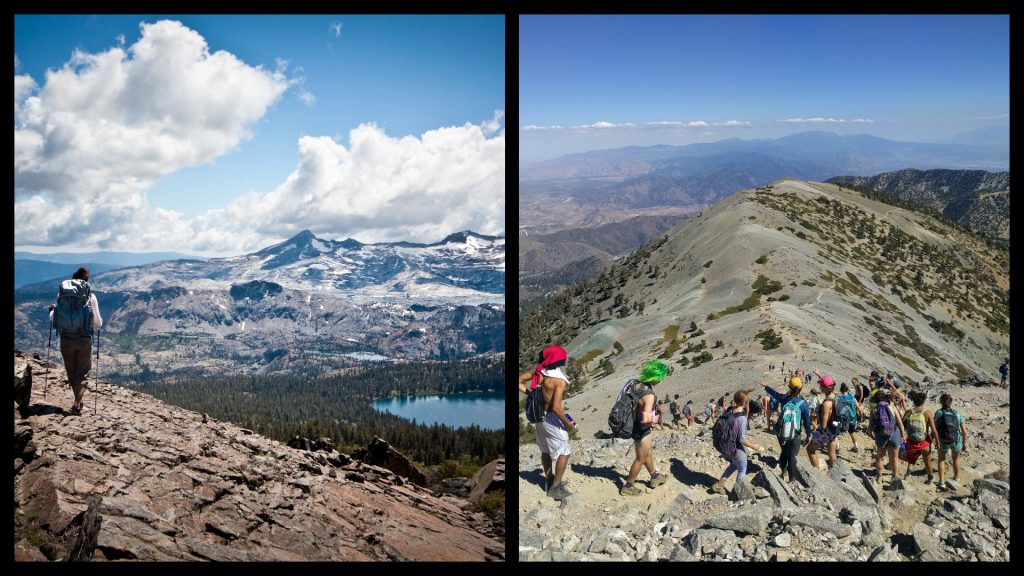
Situated between the Central Valley of California and the Great Basin is the Sierra Nevada mountain range. The site straddles the states of California and Nevada and is located in the western United States.
Spanning 63,100 square km (24,370 square miles), it includes three national parks, twenty wilderness areas, and two national monuments. Top natural attractions include Lake Tahoe, Yosemite, and Mount Whitney, to name but a few.
Planning on backpacking in the Sierras? These are ten mountains, treks, and trails to add to your bucket list.
WBL’s things you should know about backpacking the Sierras
- Adequate preparation is essential, including planning your route, checking weather conditions, and obtaining necessary permits.
- Bear safety is crucial, so familiarise yourself with proper food storage techniques and carry bear-resistant containers.
- Pack lightweight and essential gear, proper clothing, sturdy footwear, a reliable backpack, water filtration systems, and navigation tools.
- Be prepared for variable weather conditions, as the Sierra’s high elevations can bring sudden temperature drops, storms, and snow even in summer months.
- Research the area’s regulations and guidelines, including camping restrictions, campfire regulations, and any specific rules or recommendations for the trails you plan to hike.
10. North Grove Trail, Calaveras Big Trees State Park – the big trees trail
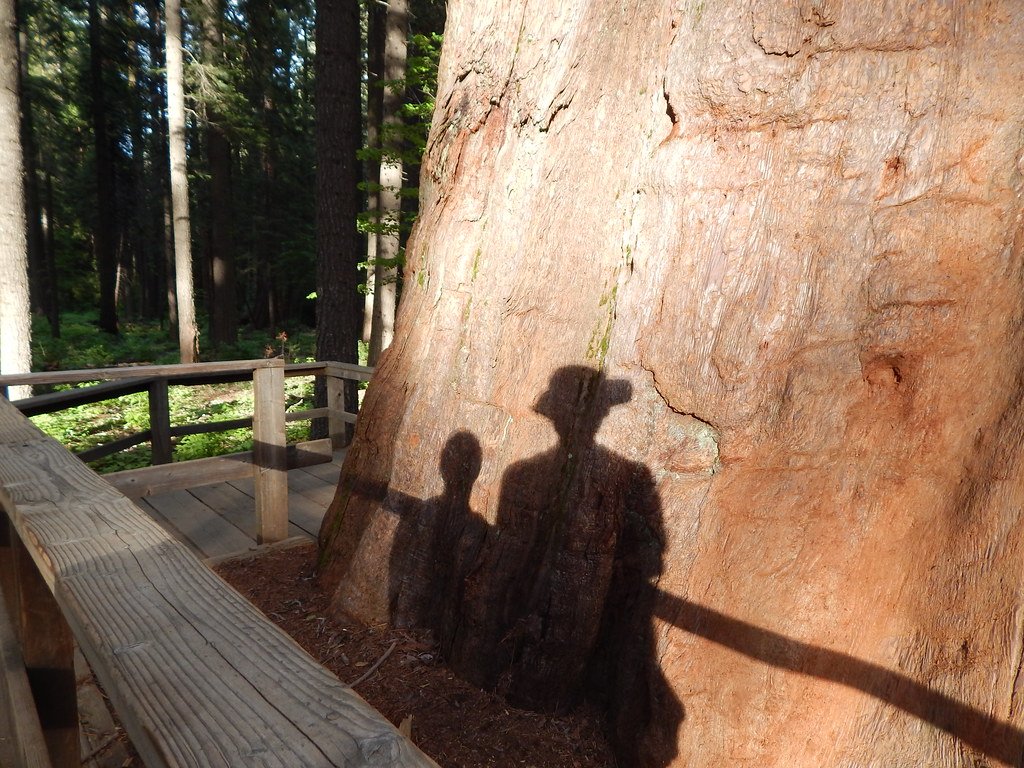
Located in Calaveras Big Trees State Park, the North Grove Trail is perfect for those who’d like a wholesome wander amongst some of the tallest trees on Earth.
At just 2.4 km (1.5 miles), this low-key looped trail is easygoing and enjoyable. The route begins at the historical Discovery Stump and travels through the ancient forest, crossing many majestic trees en route.
Difficulty: Easy
Start point and endpoint: 1170 East Highway 4, Arnold, CA 95223
Read also: Top 5 tips for travelling to the USA: visas, transport and more.
9. Vernal Falls, Yosemite National Park – Nevada Falls Loop from Curry Village
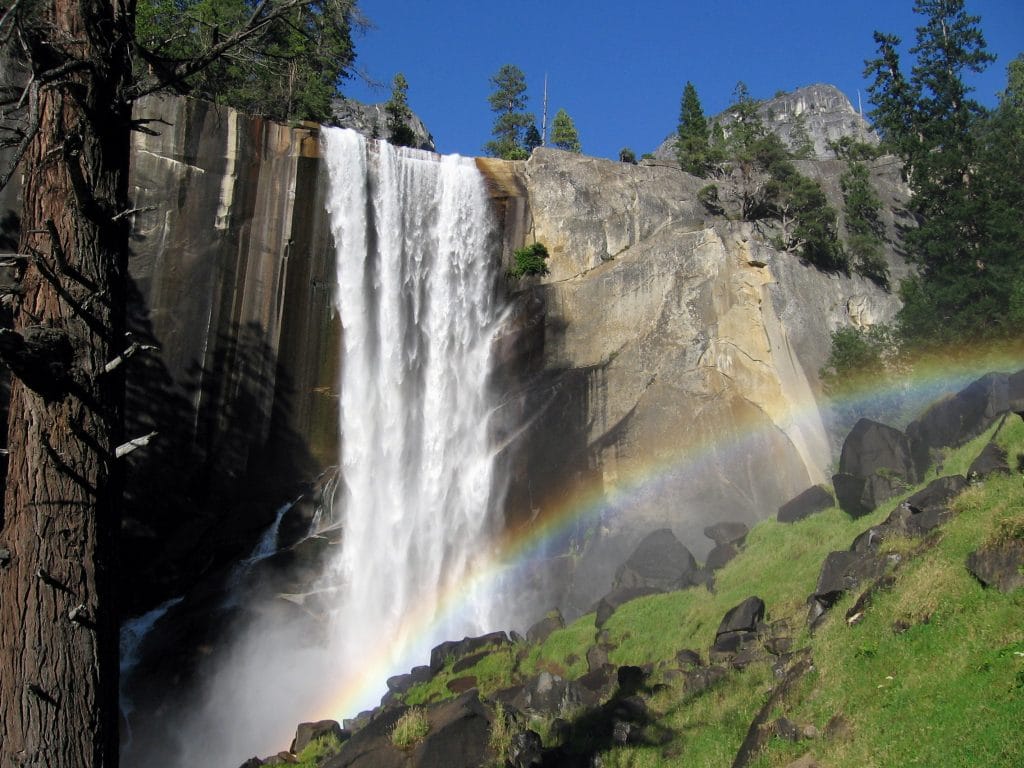
Although this trail may be on the more challenging side, it’s worth getting fit for. You will get to enjoy some stunning scenery that will stop you in your tracks.
Along this route, expect towering waterfalls and dramatic landscapes. Just shy of 13 km (8 miles), this trail will take about five hours to complete.
Difficulty: Hard
Start point and endpoint: Half Dome Village Parking, Yosemite Valley, CA 95389
8. Granite Lake, Lake Tahoe – Eagles Lake Loop from Bayview Trail
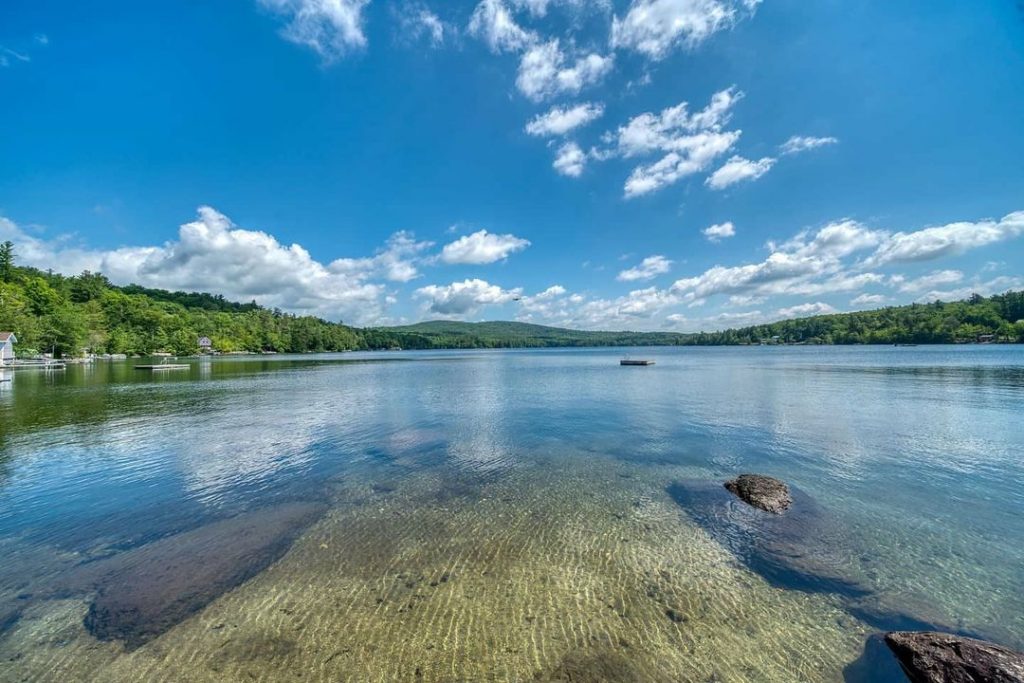
Located in the epic area of Lake Tahoe is another one of our top trails for backpacking in the Sierras.
At 10.8 km (6.72 miles), this intermediate loop trail is ideal for those with a reasonable level of fitness who want to embrace the elements and be one with nature.
Difficulty: Intermediate
Start and endpoint: Emerald Bay Rd, South Lake Tahoe, CA 96150
Check out: Top 10 largest lakes in the USA.
7. Marble Falls, Sequoia National Park – the wildflower trail
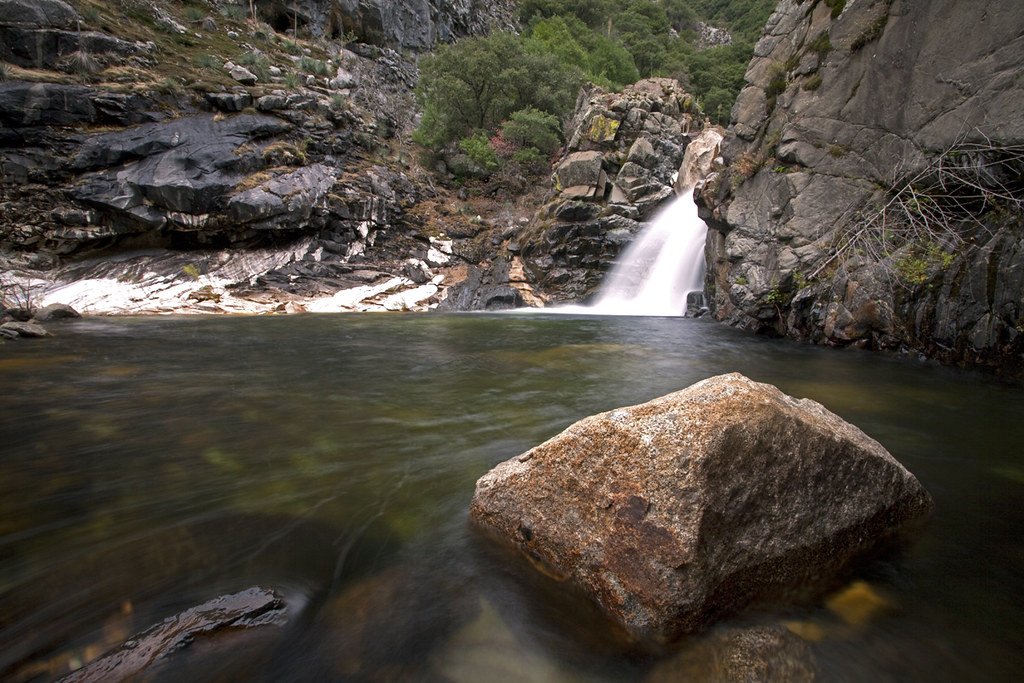
For those who revel in the majesty of the great outdoors and want to see nature in full bloom, the Marble Falls trail in Sequoia National Park may just be for you.
Most idyllic in spring when the flowers bloom, hikers can expect forest paths, impressive vistas, and inviting waterfalls.
Difficulty: Intermediate
Start point and endpoint: Potwisha Campground, California 93262
6. Mount Tallac Trail, South Lake Tahoe – for a view from the top
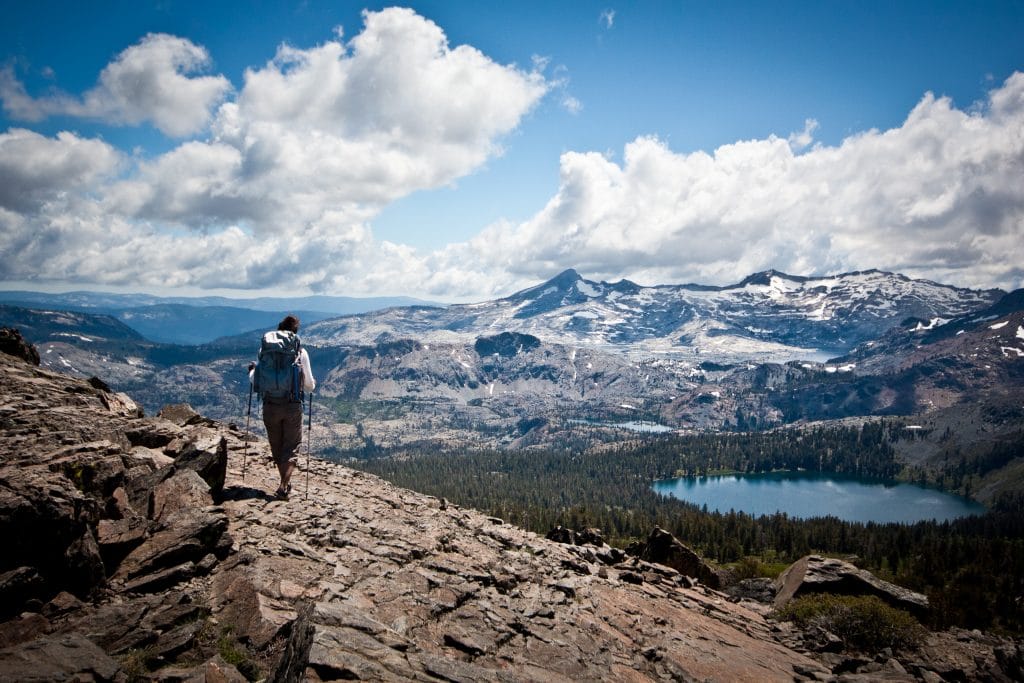
If you’re lucky enough to be in the Lake Tahoe region of the Sierra Nevada mountain range, we suggest you tackle the Mount Tallac Trail.
Mount Tallac is the tallest mountain in the area. Thus, this 16.9 km (10 miles) trail is bound to be an experience to remember.
Difficulty: Hard
Start and endpoint: Mt Tallac Road Parking lot, South Lake Tahoe, CA 96150
5. Big Baldy Ridge Trail, Kings Canyon National Park – an iconic trail
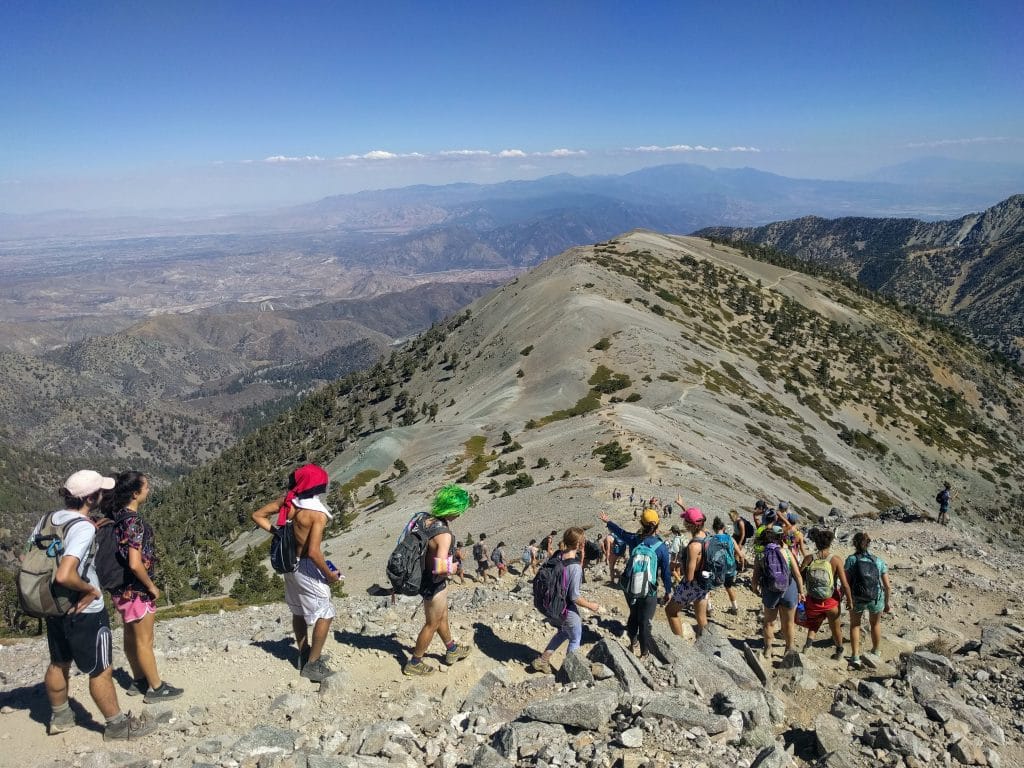
Big Baldy Ridge Trail is perhaps one of the top trails for backpacking in the Sierras. With iconic backdrops and viewpoints over the landscape, this promises to be a trip to remember.
The trail is a 7 km (4.4 miles) out-and-back style route and is best suited for those with an average fitness level.
Difficulty: Intermediate
Start and endpoint: Big Baldy Ridge Trailhead, 63410 Generals Hwy, California 93633
4. Columbia Rock – Yosemite Falls
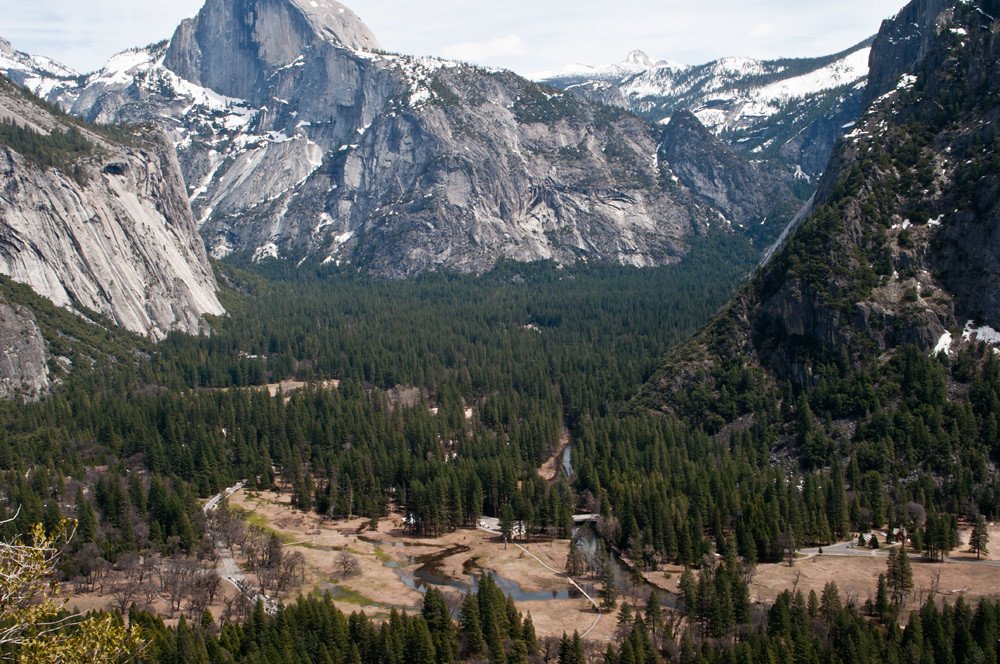
This looped trail beginning and ending at Yosemite Lodge is ideal for those who want to explore the boundless wonders of Yosemite National Park.
Bonus point goes to the trail as its start and endpoints are easily accessed by public transport. Best suited for those with an intermediate level of fitness, this trail promise magnificent backdrops of land and lake.
Difficulty: Intermediate
Start and endpoint: Yosemite Valley, CA 95389
3. Giant Forest Loop Trail – the easy peasy trail
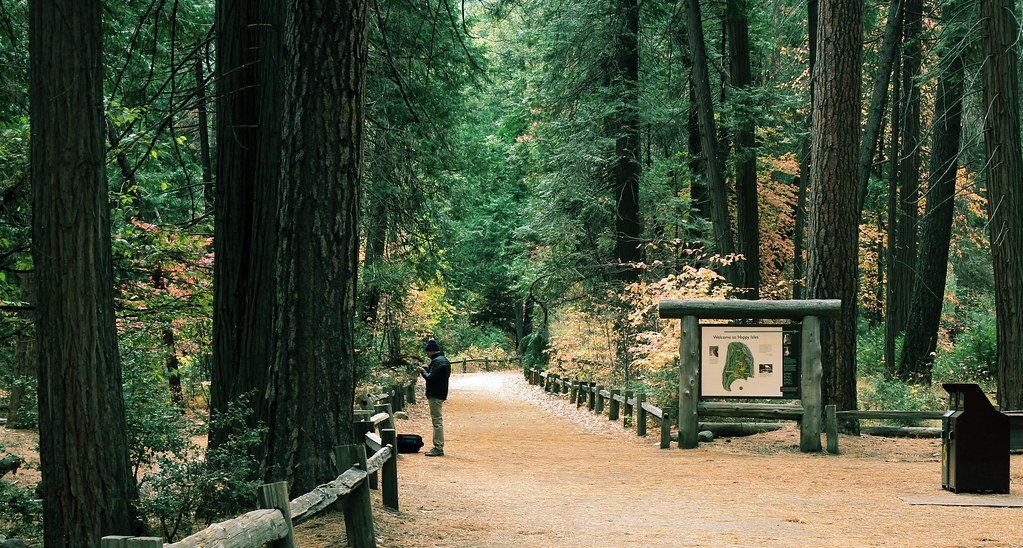
You can find some of the best backpacking in the Sierras on the simplest of trails.
Take the Giant Forest Loop; although 11.3 km (7 miles), this easygoing trail takes hikers through forest paths and is suited for all fitness levels.
Difficulty: Easy
Start and endpoint: General Sherman Tree Car Park, Generals Hwy, Sequoia National Park, CA 93262
2. Paradise Valley Trail, Kings Canyon National Park – a challenging trail
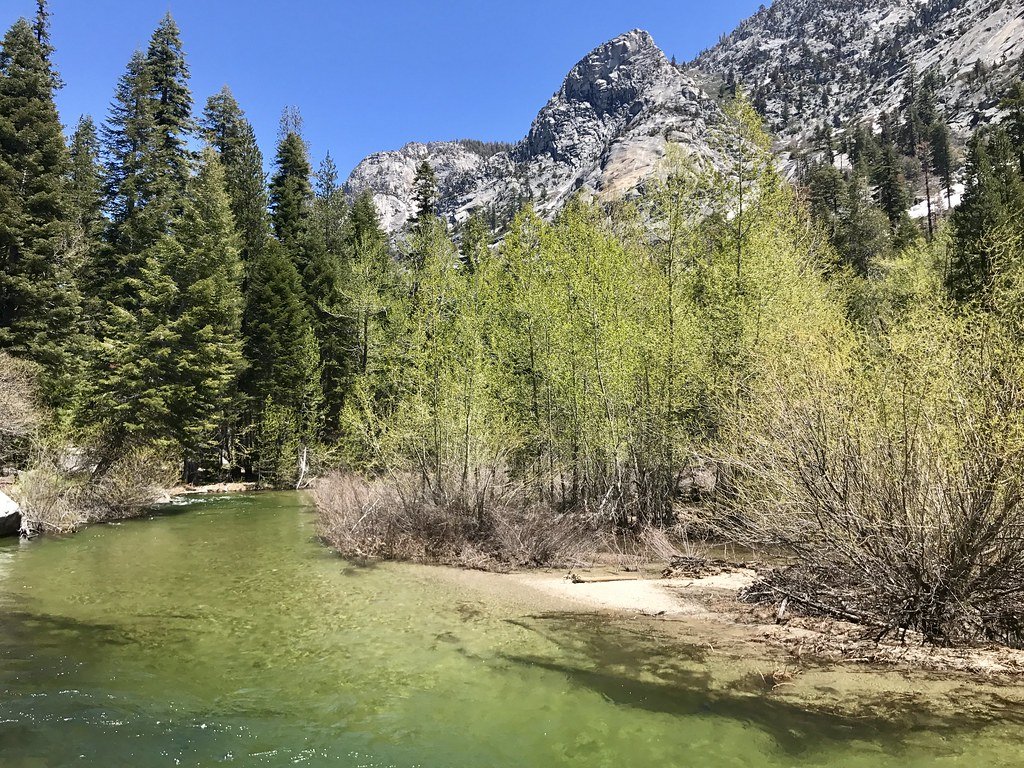
At a whopping 27.5 km (17.1 miles), the Paradise Valley Trail is a challenging pursuit, no doubt.
Recommended for only experienced hikers, this trail comes with impressive canyons, vibrant surroundings, and – if you’re lucky – some wildlife!
Difficulty: Hard
Start and endpoint: Roads End Wilderness Permit Station, CA-180, Cedar Grove, CA 93633
1. Mount Whitney Trail, Sequoia National Park – the epic endeavour
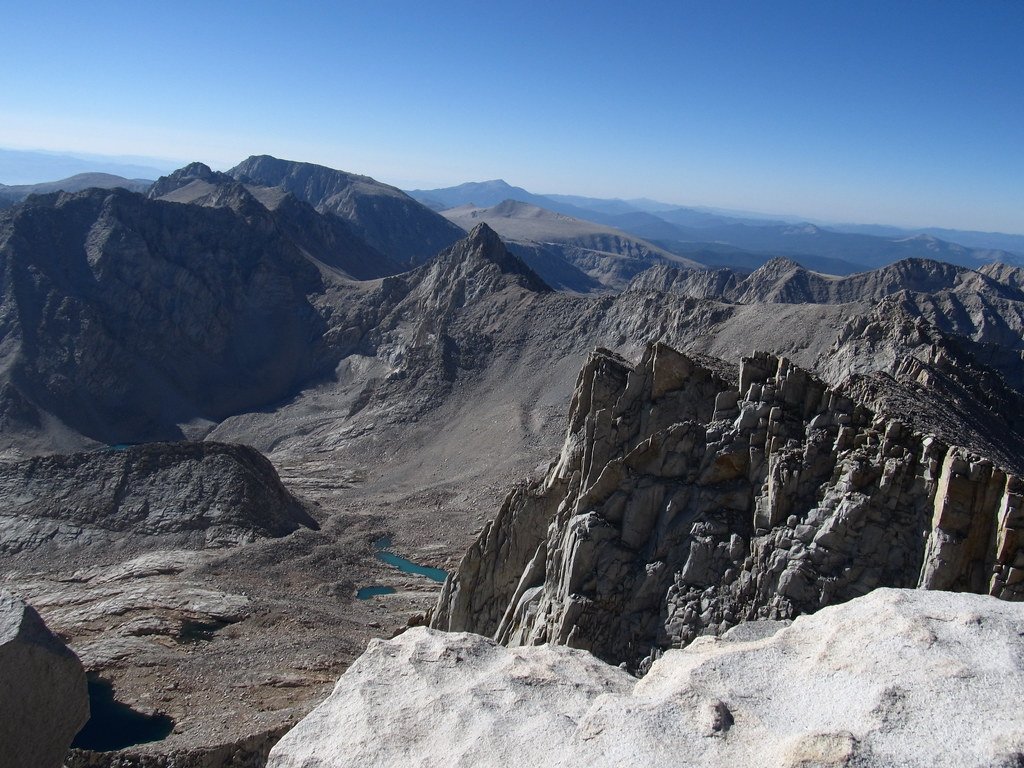
Arguably one of the most epic routes to take on when backpacking in the Sierras has got to be the Mount Whitney Trail.
At 14,505 ft (4,421 m), Mount Whitney is the highest mountain in the contiguous United States. Only for expert explorers, this 33.6 km (20 miles) trek is not for the faint of heart.
Difficulty: Hard
Start and endpoint: Mt. Whitney Trailhead, Whitney Portal Rd, Lone Pine, CA 93545
Read more: USA bucket list: 20 things to do in America.
Safety information and facts:
- Leave no trace: Leave the Sierras just as you found them and take all rubbish and waste with you.
- Group size: There is usually a maximum group size of 15 people for trekking trails of the Sierras.
- Animal safety: Keep distance from wildlife (six feet minimum). Never feed wildlife and keep all food and trash in a bear canister – particularly if you’re spending an overnight in the mountains.
- Permits: Overnight hikers will need a permit; daytrippers will not.
- Stay on track: Do not venture off the marked trails – they’re there for a reason.
- Altitude sickness: This is common in the Sierras; bring lots of water and take regular breaks. If symptoms of altitude sickness get particularly bad, retreat to lower altitudes immediately.
- Fire safety: Campfires are not allowed in the Sierras above 10,000 ft (3,048 m) – respect the rules.
Your questions answered about backpacking in the Sierras
Is a 40L backpack enough for 3 days?
We recommend for 2-3 days, 35-50 liters is big enough to carry a backpacking sleeping bag, small tent, and pad, as well as extra clothing and layers.
When is the best time to go backpacking in the Sierras?
The best time for backpacking in the Sierras is typically during the summer months, from late June to early September when the snow has melted and the weather is generally more favourable.
Do I need a permit to go backpacking in the Sierras?
Yes. Permit requirements and reservation processes vary, so it’s crucial to check with the managing agency or park where you plan to backpack and secure the necessary permits in advance.
SEE ALSO: Top 10 TIPS for BACKPACKERS in South America.

